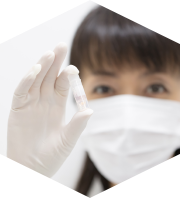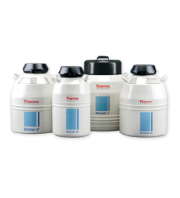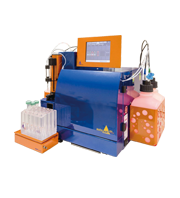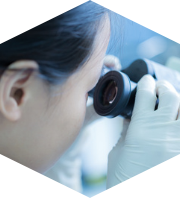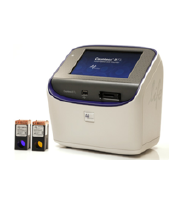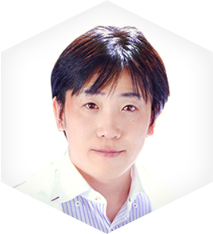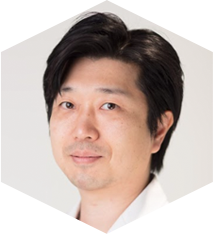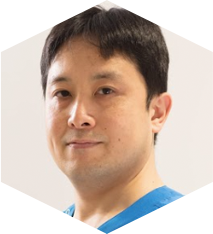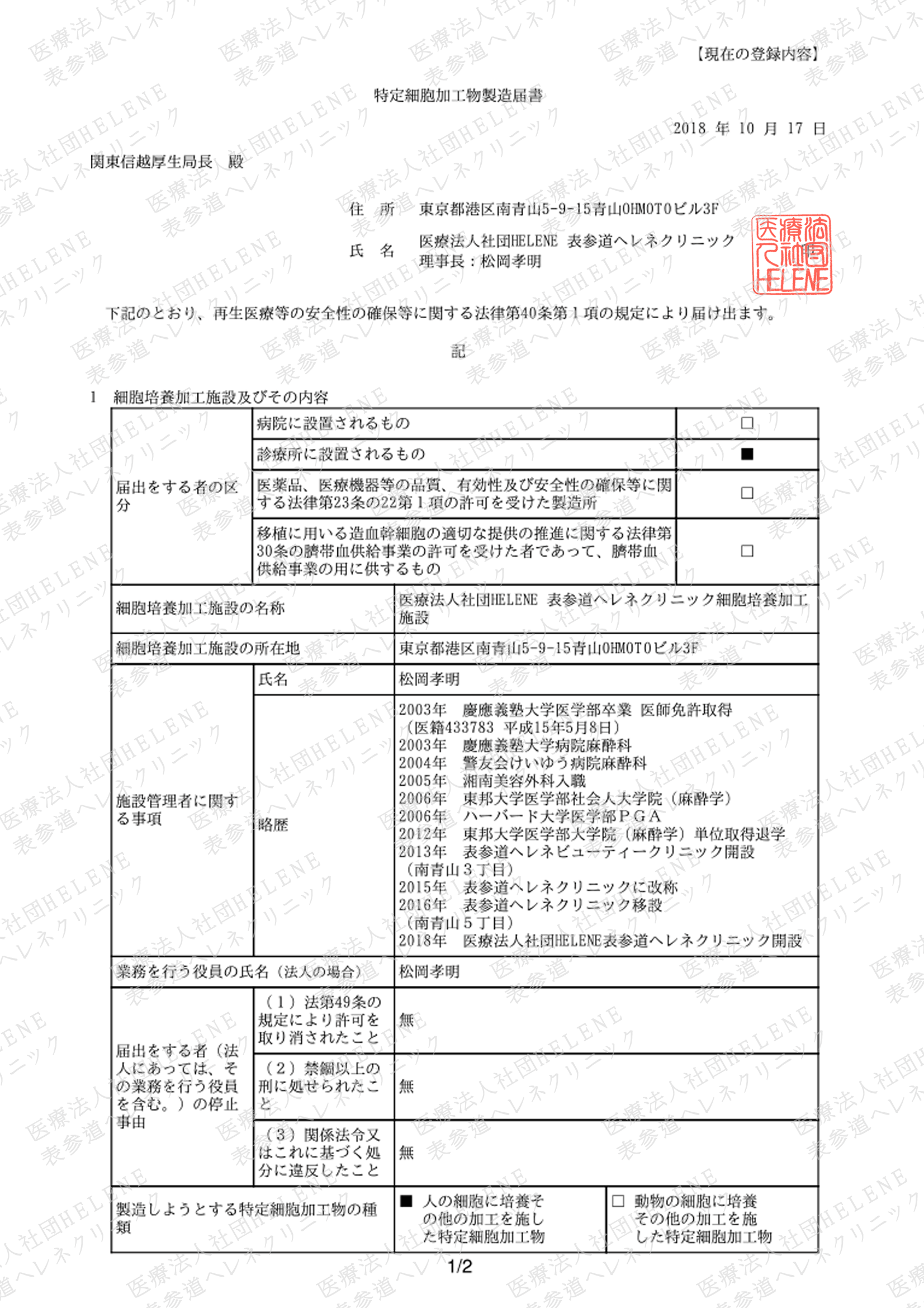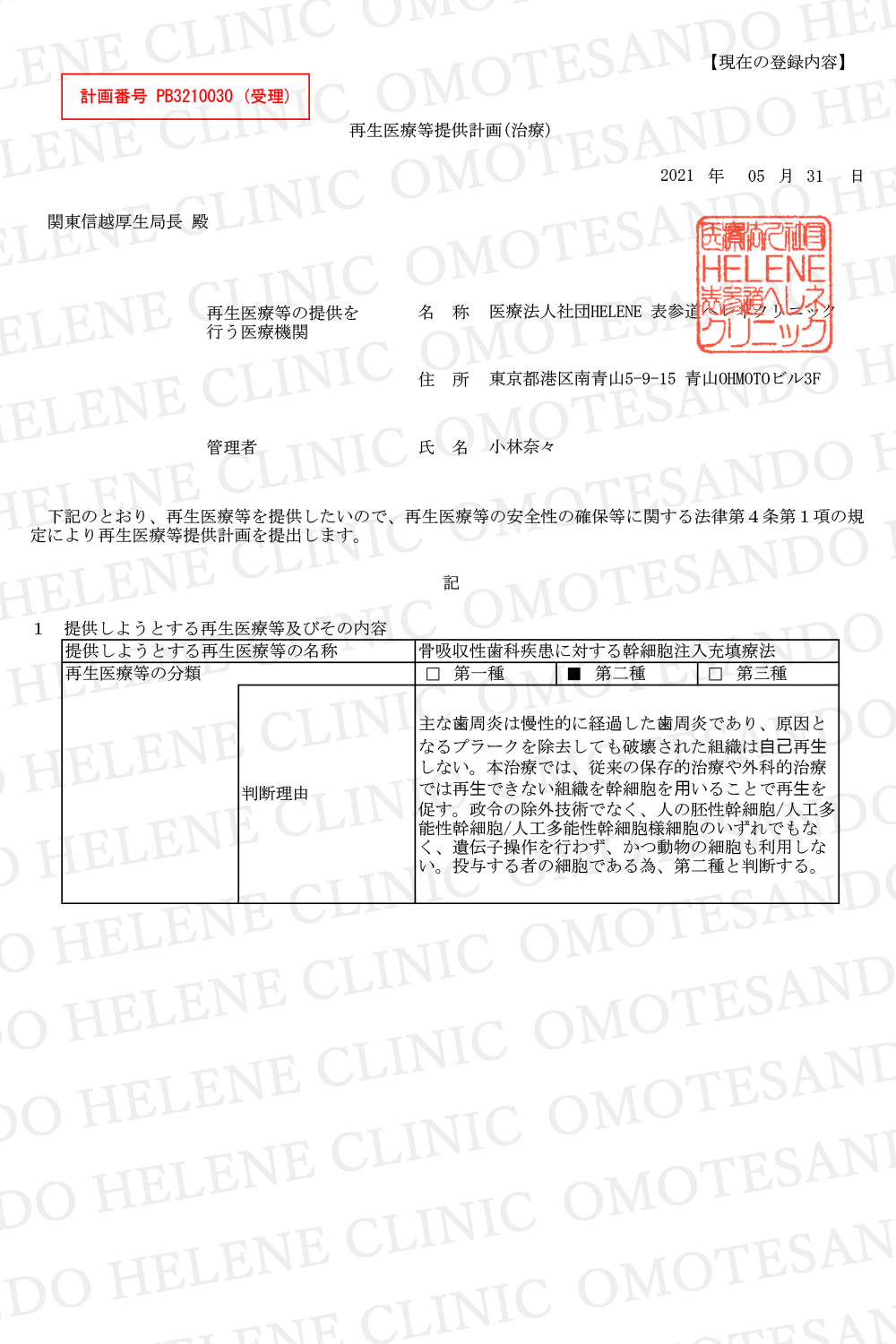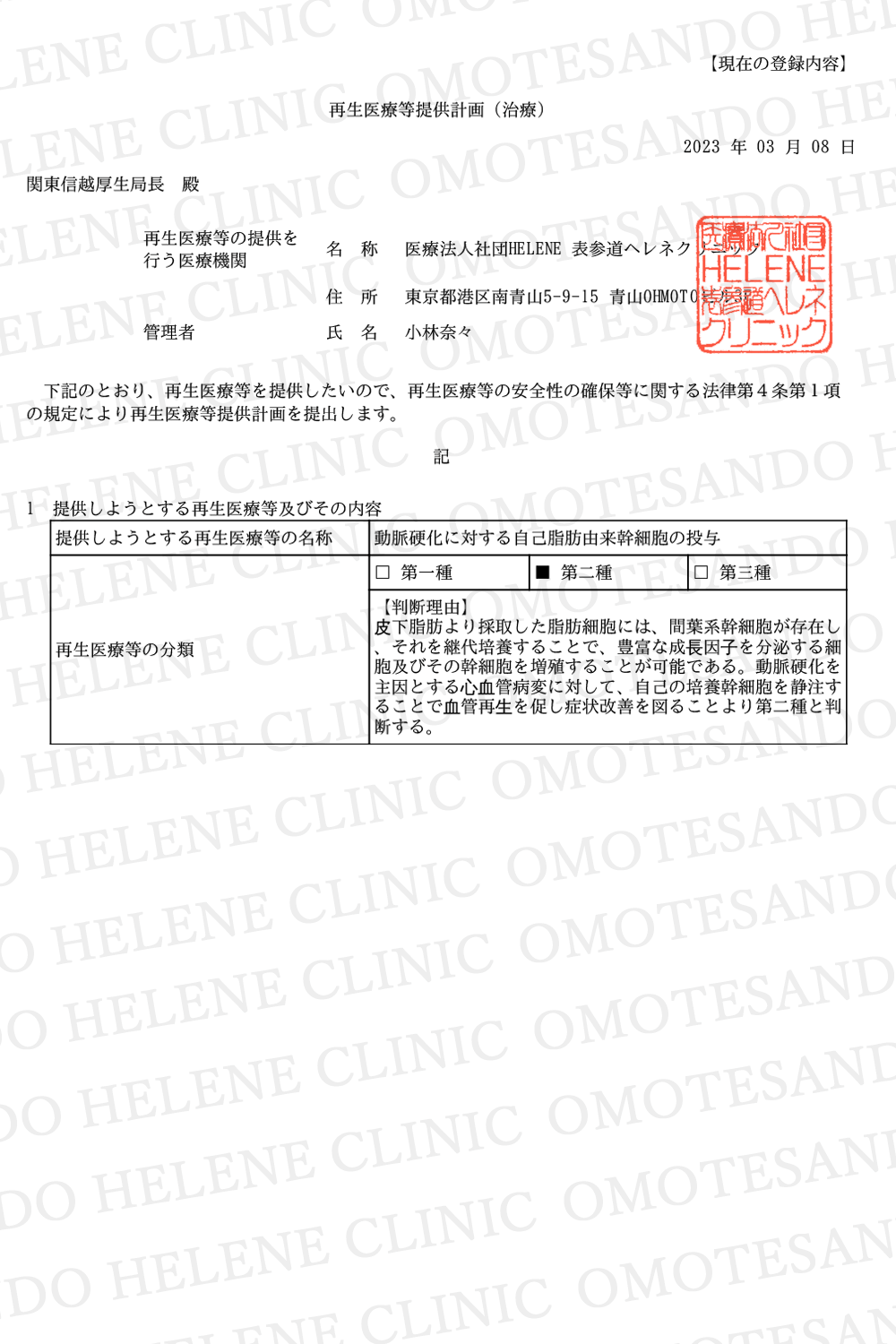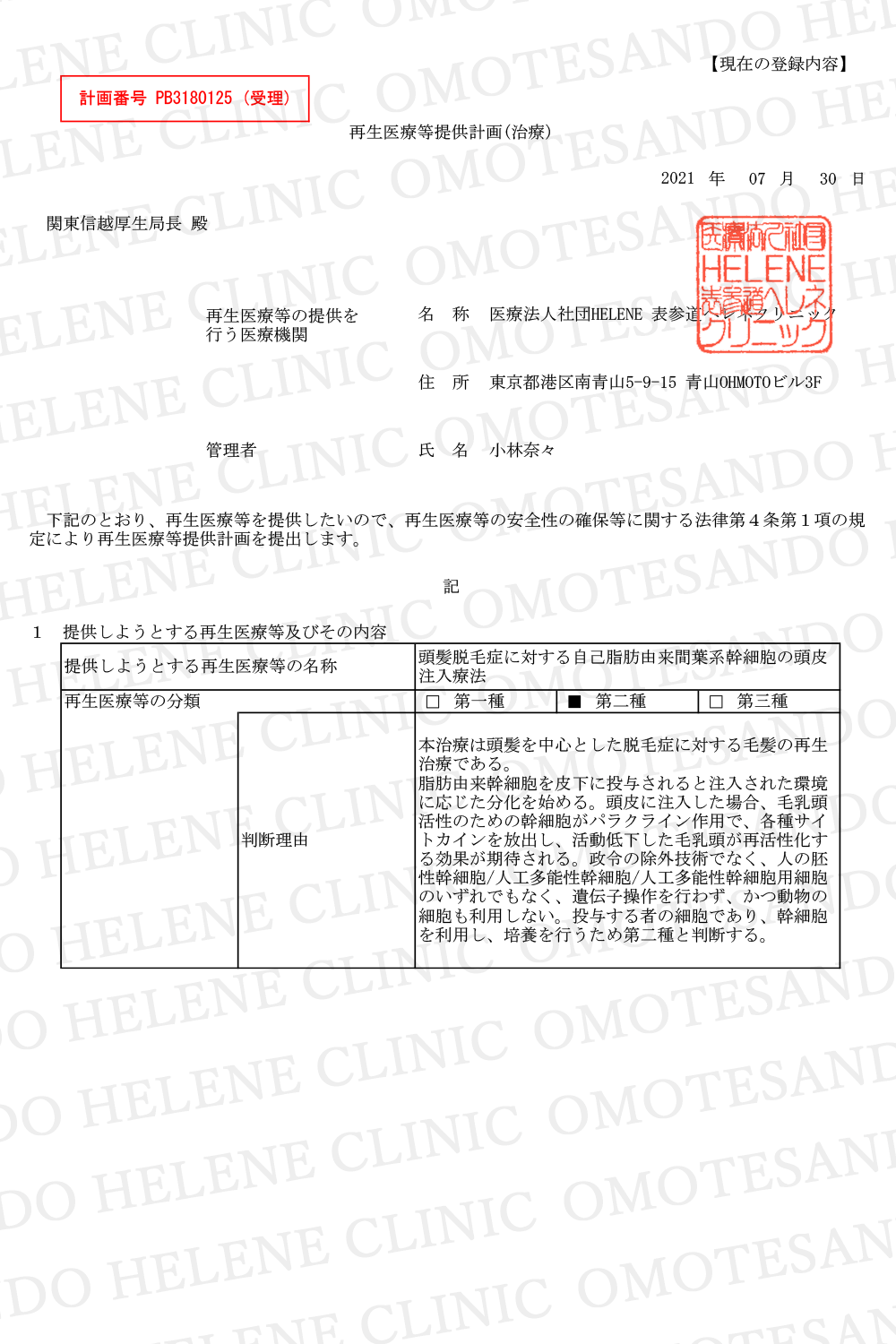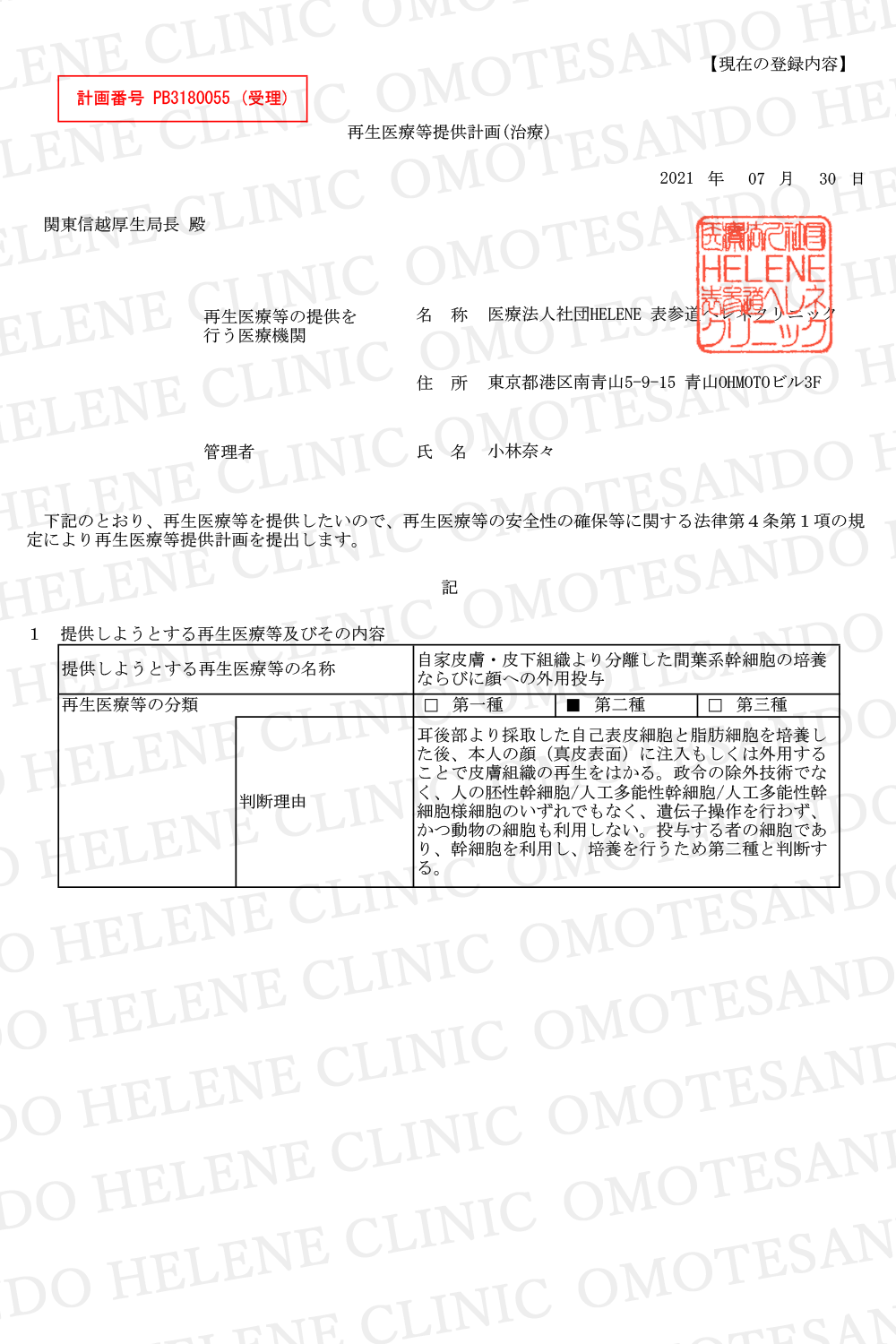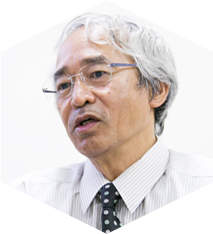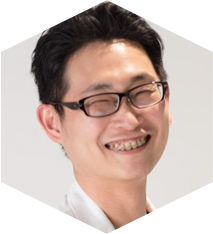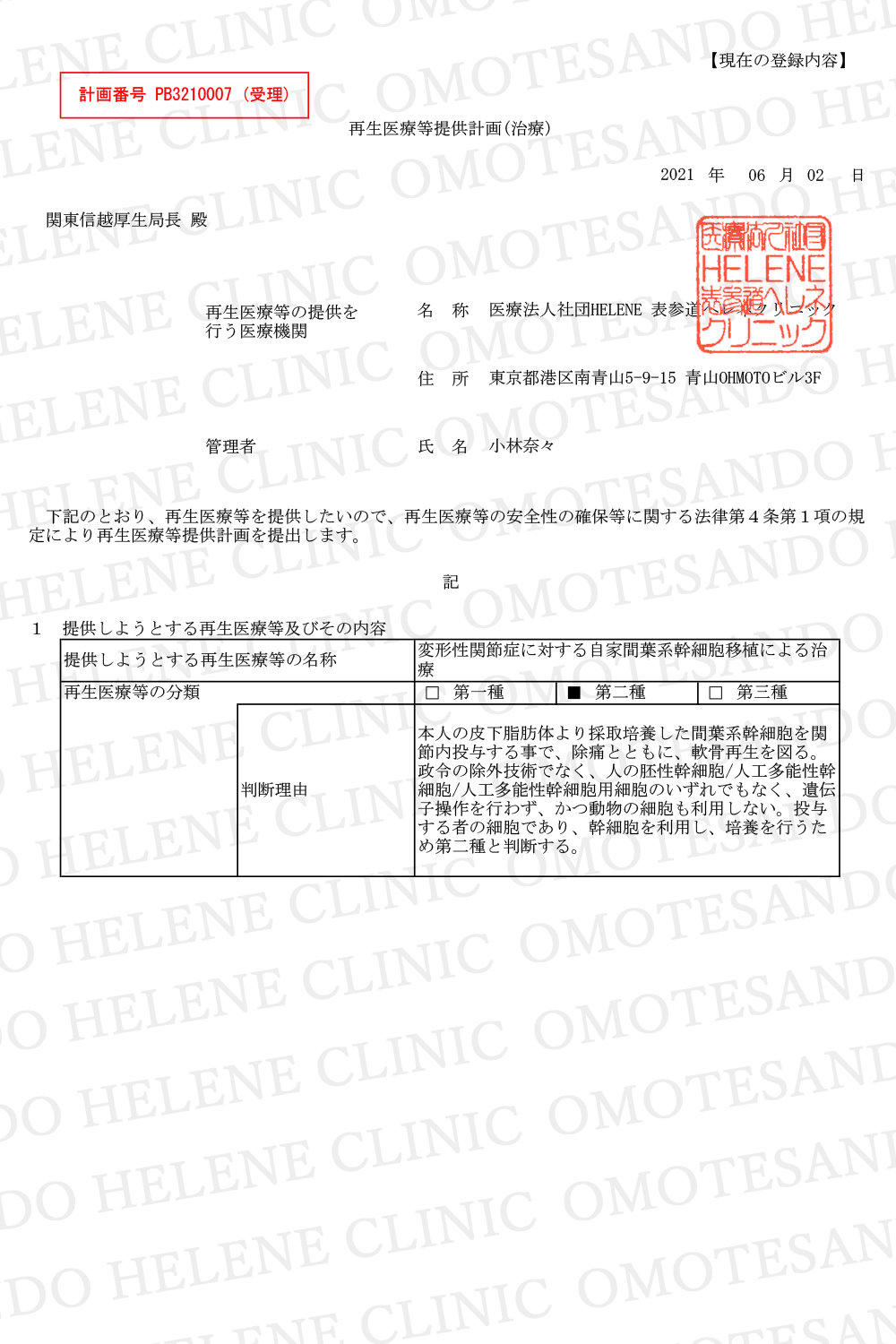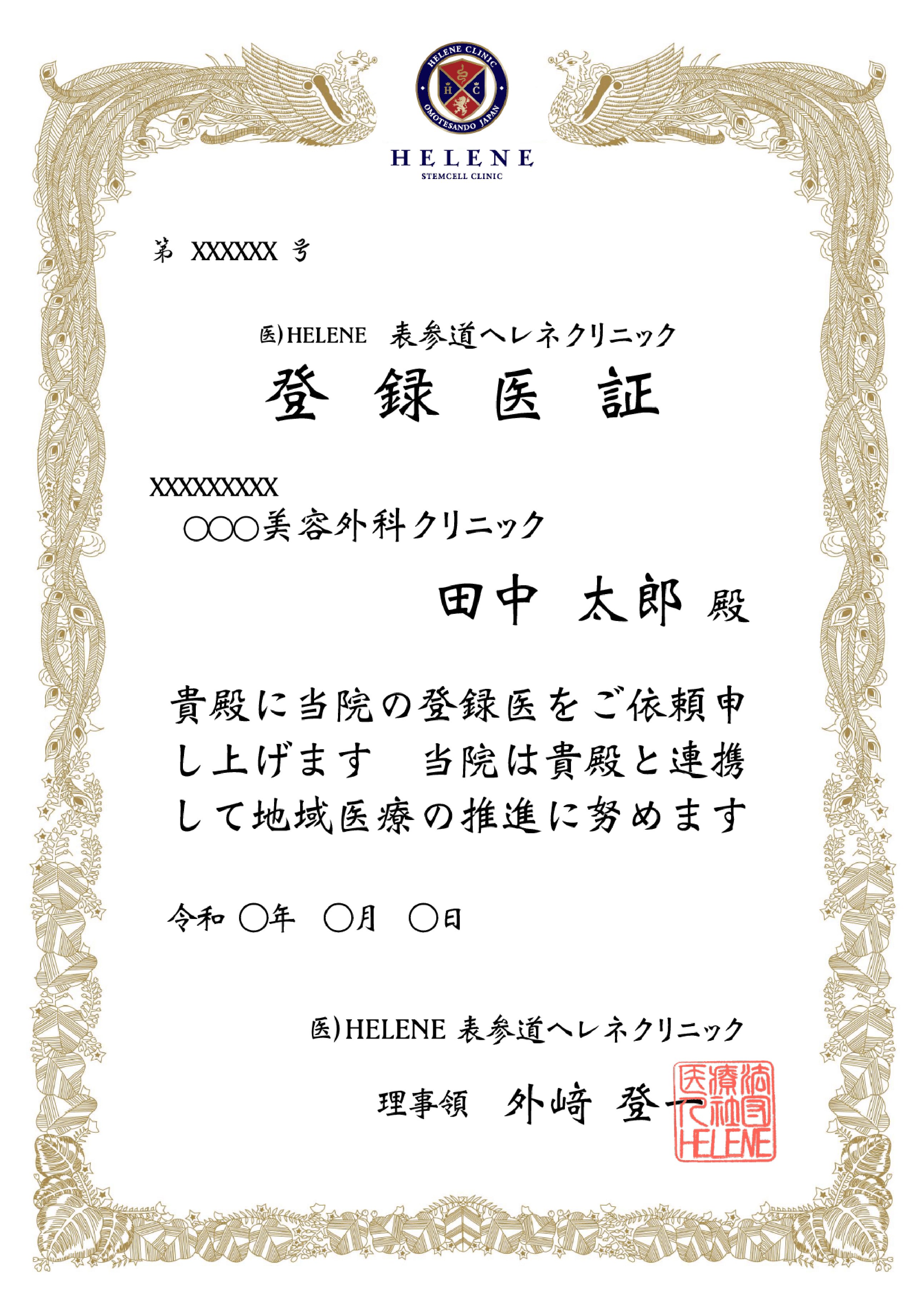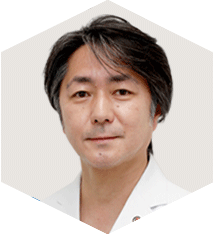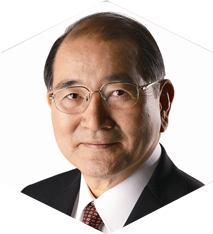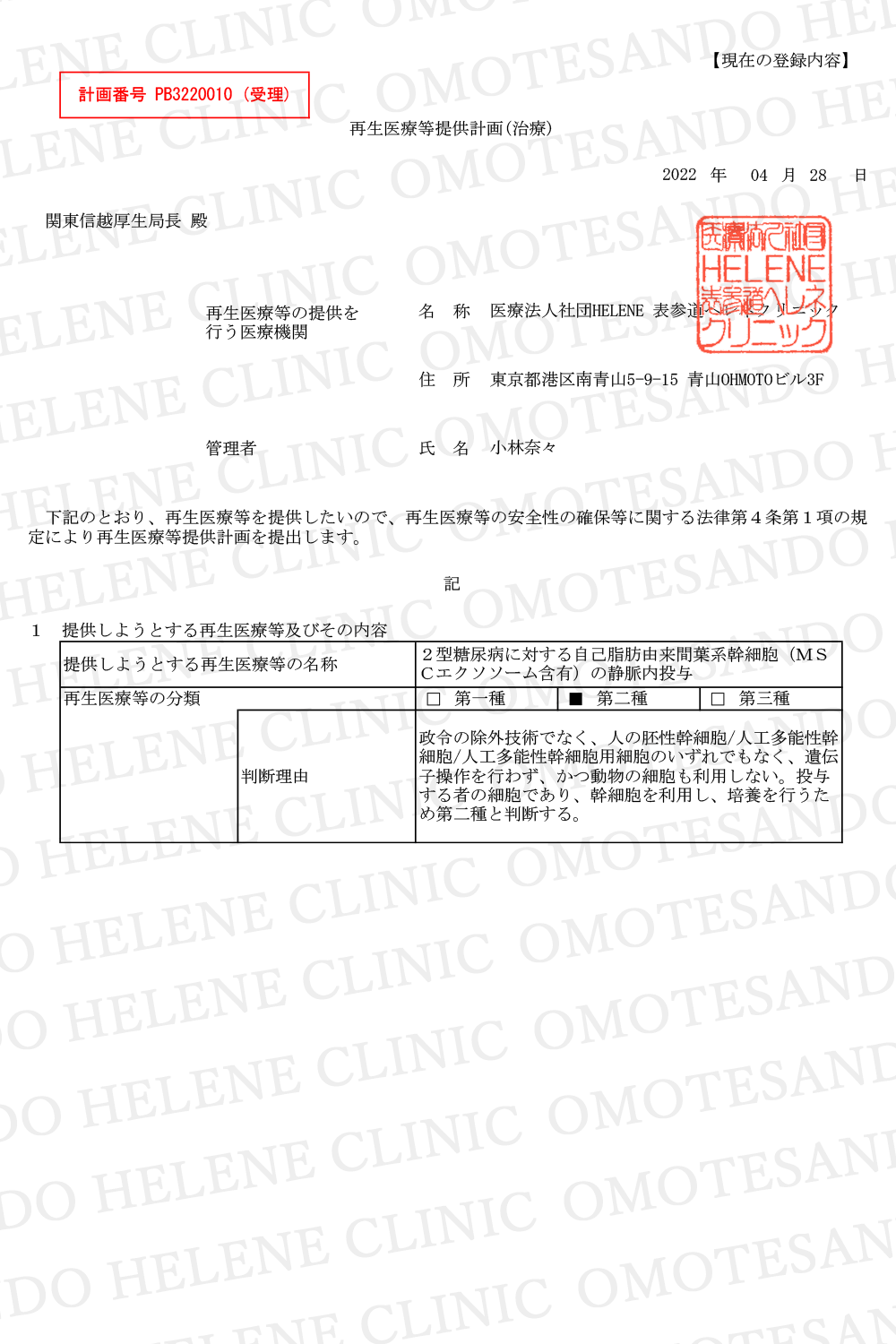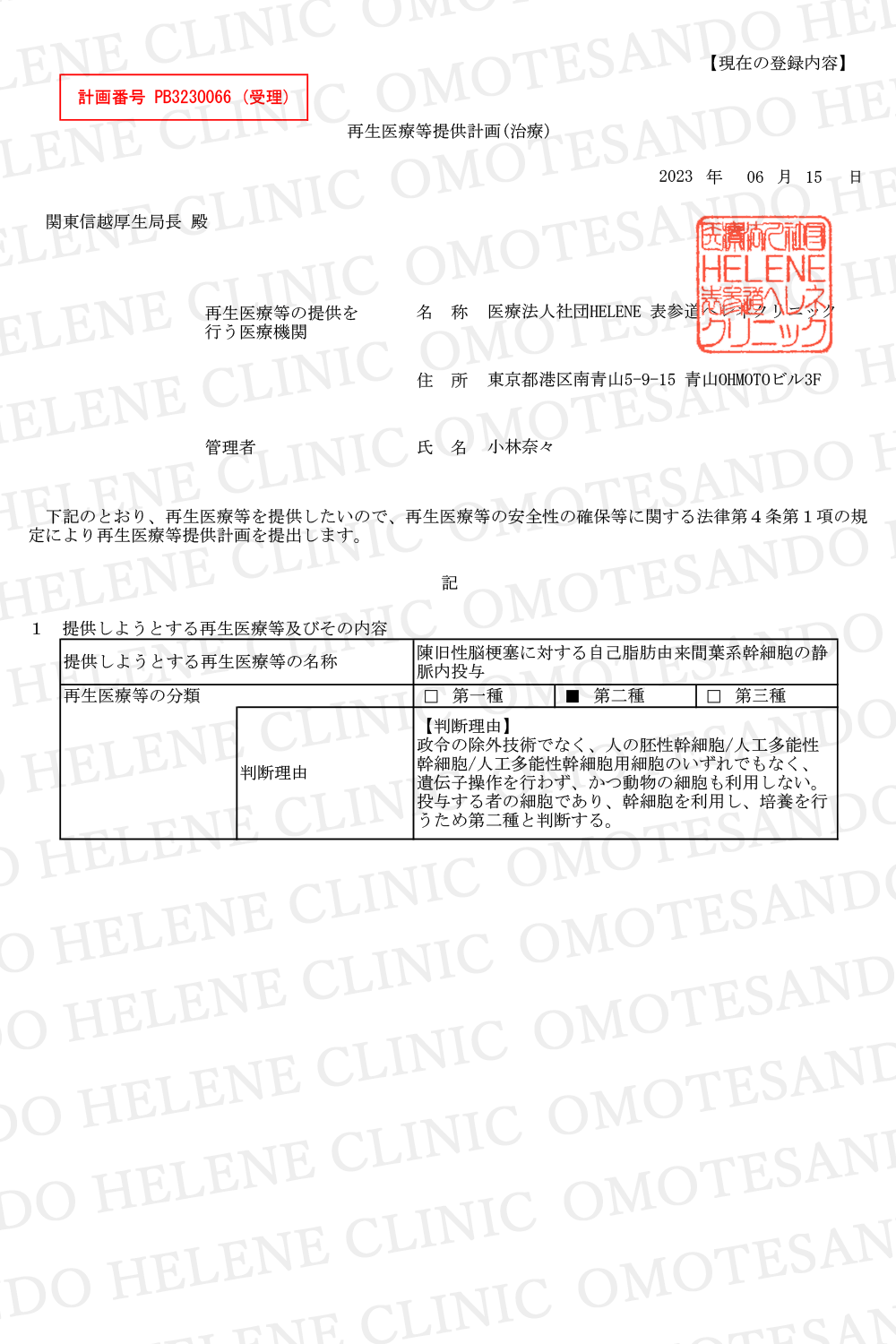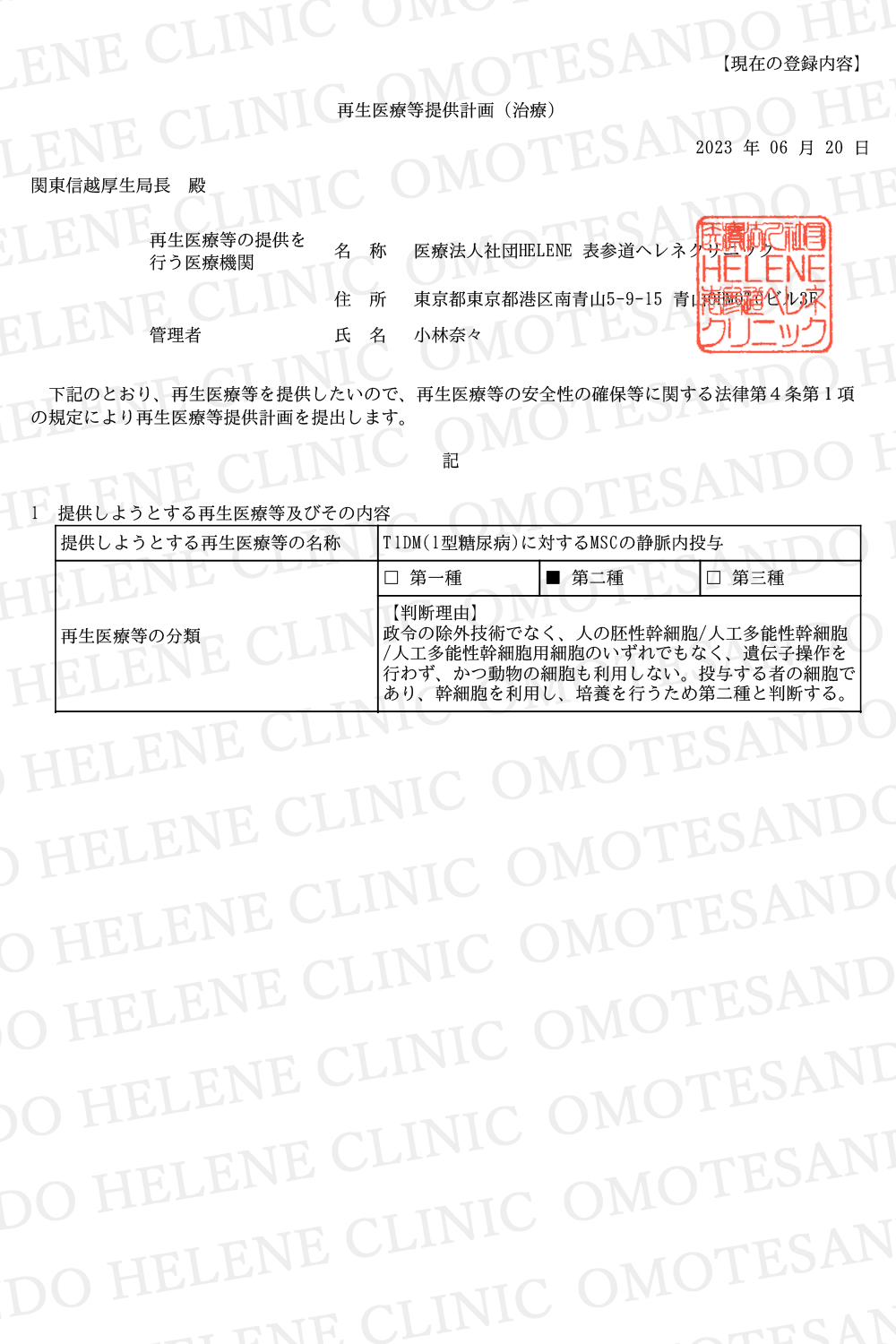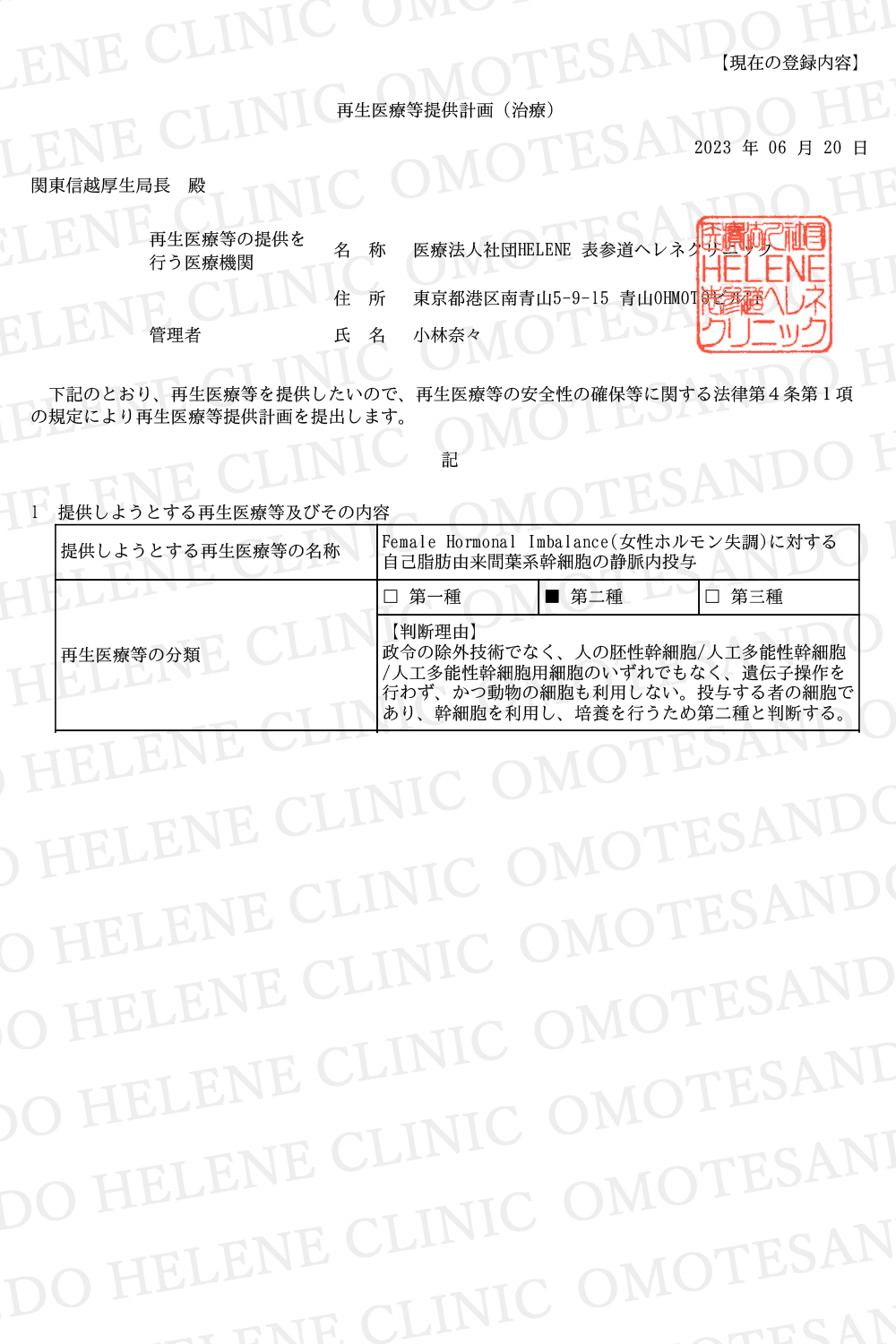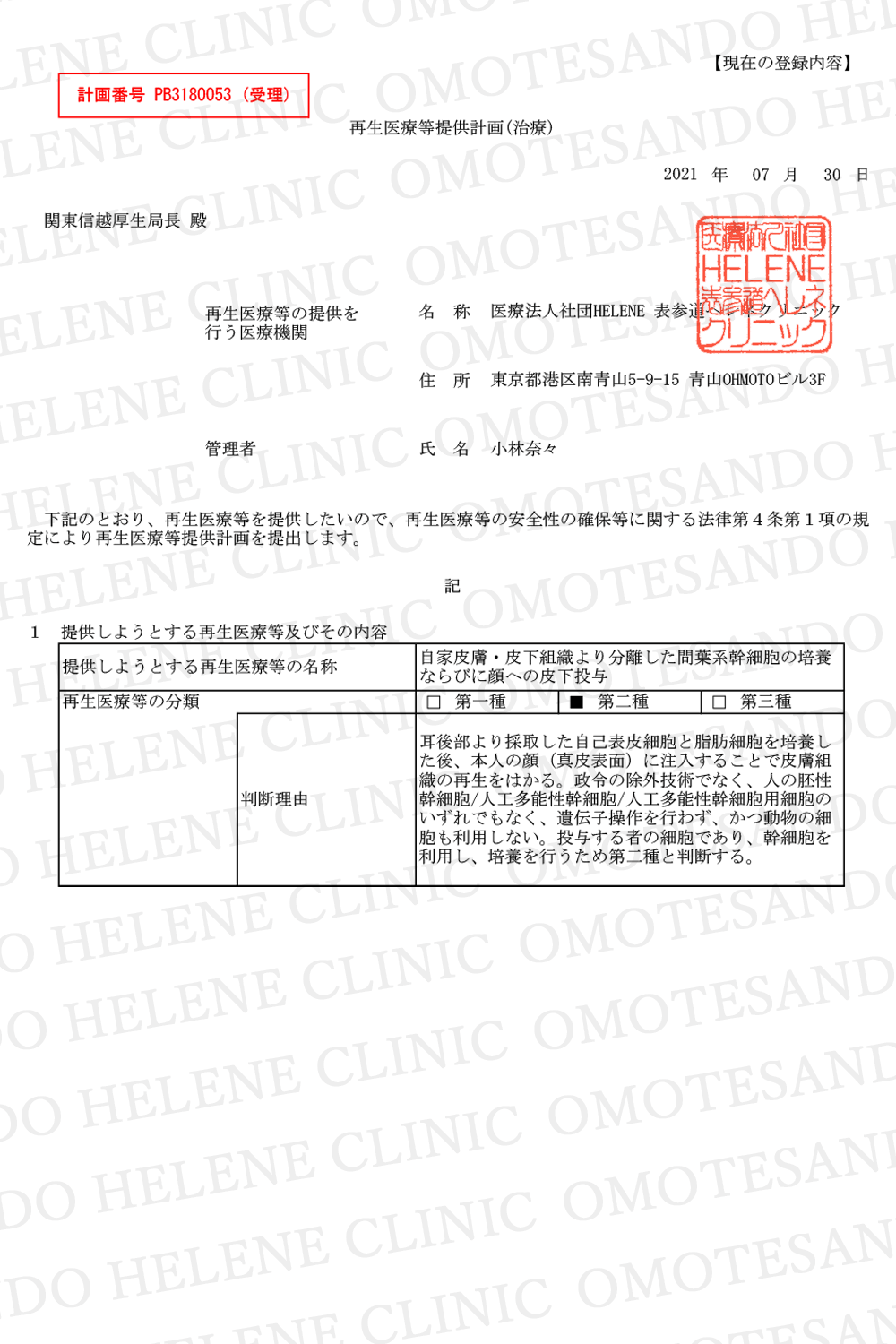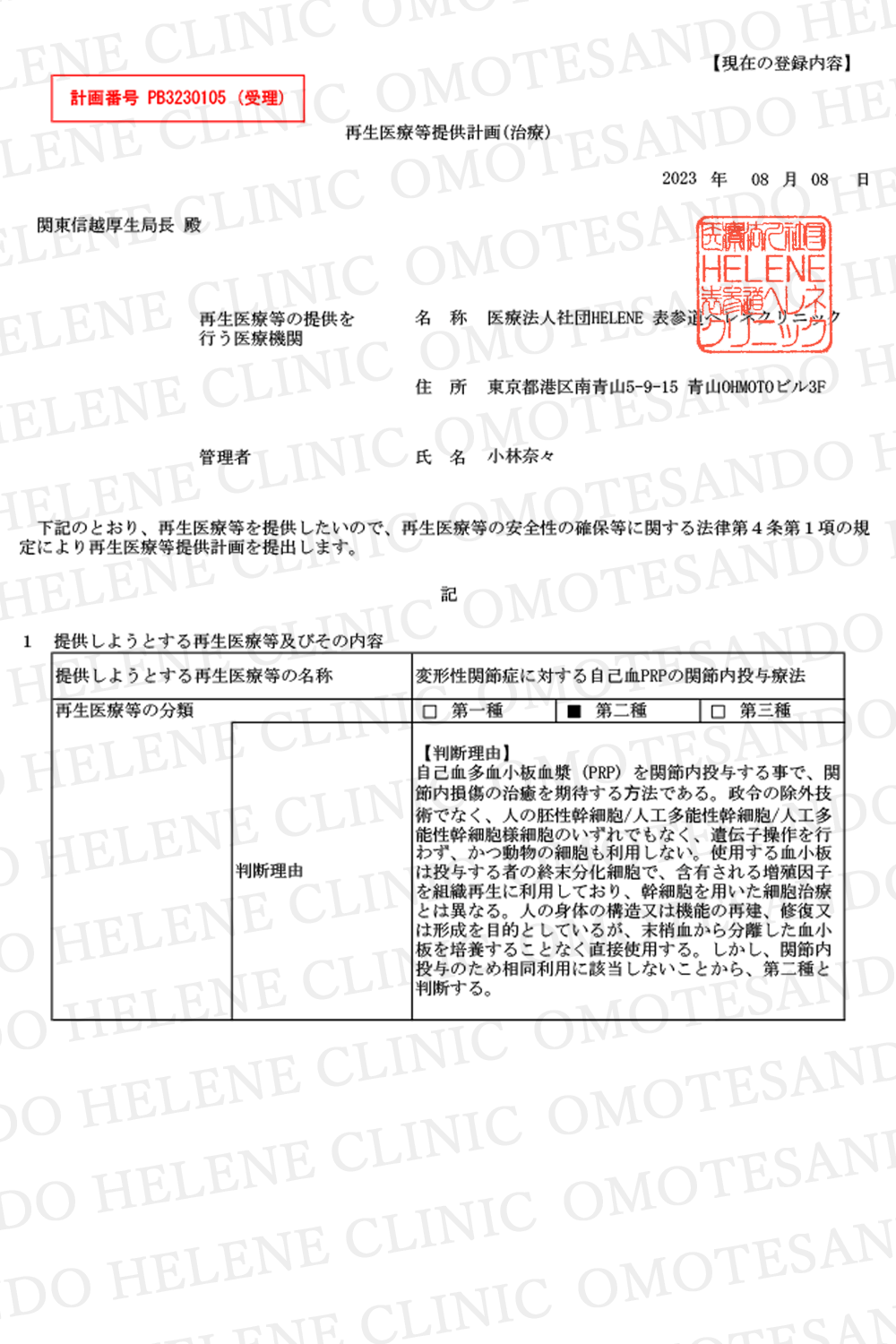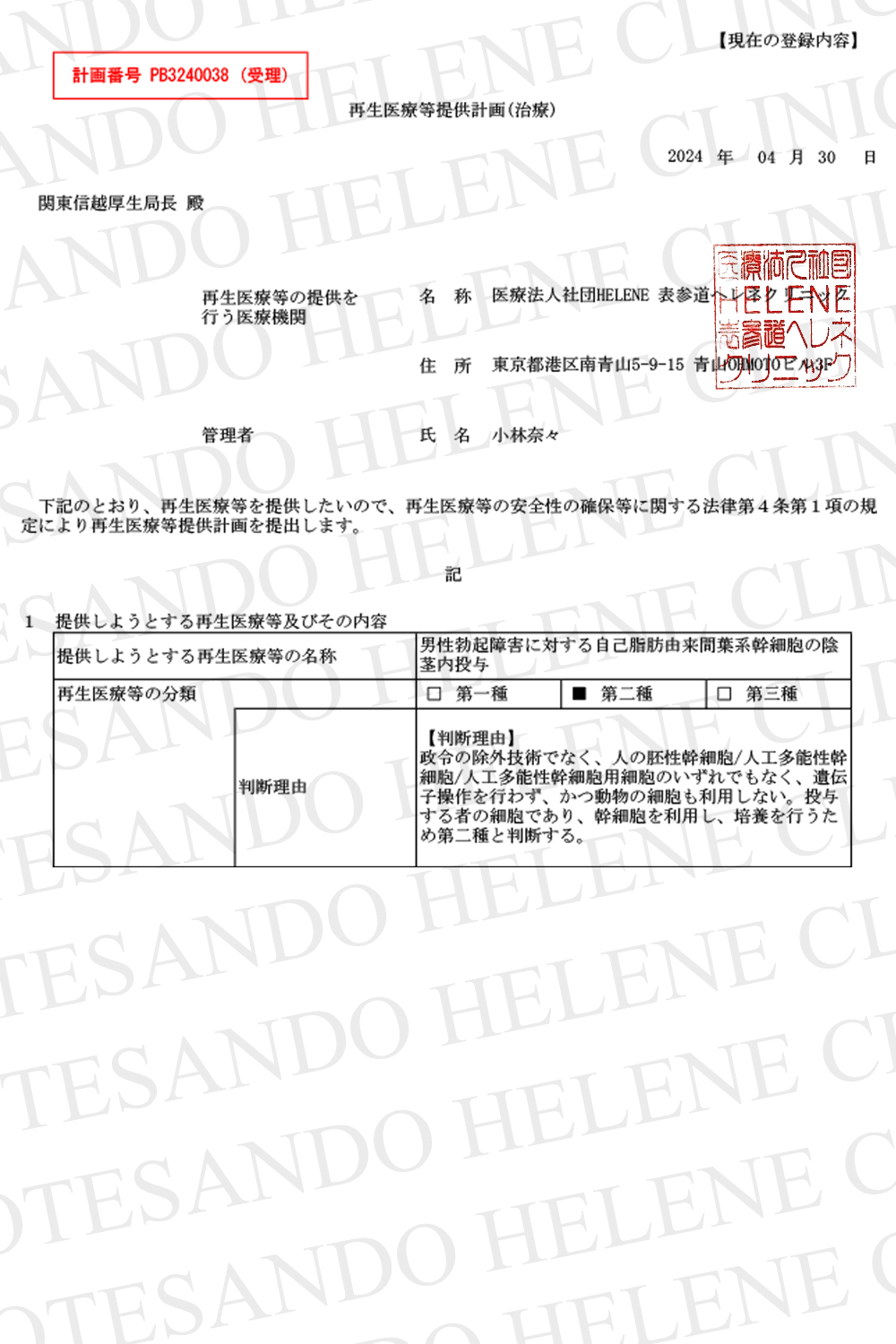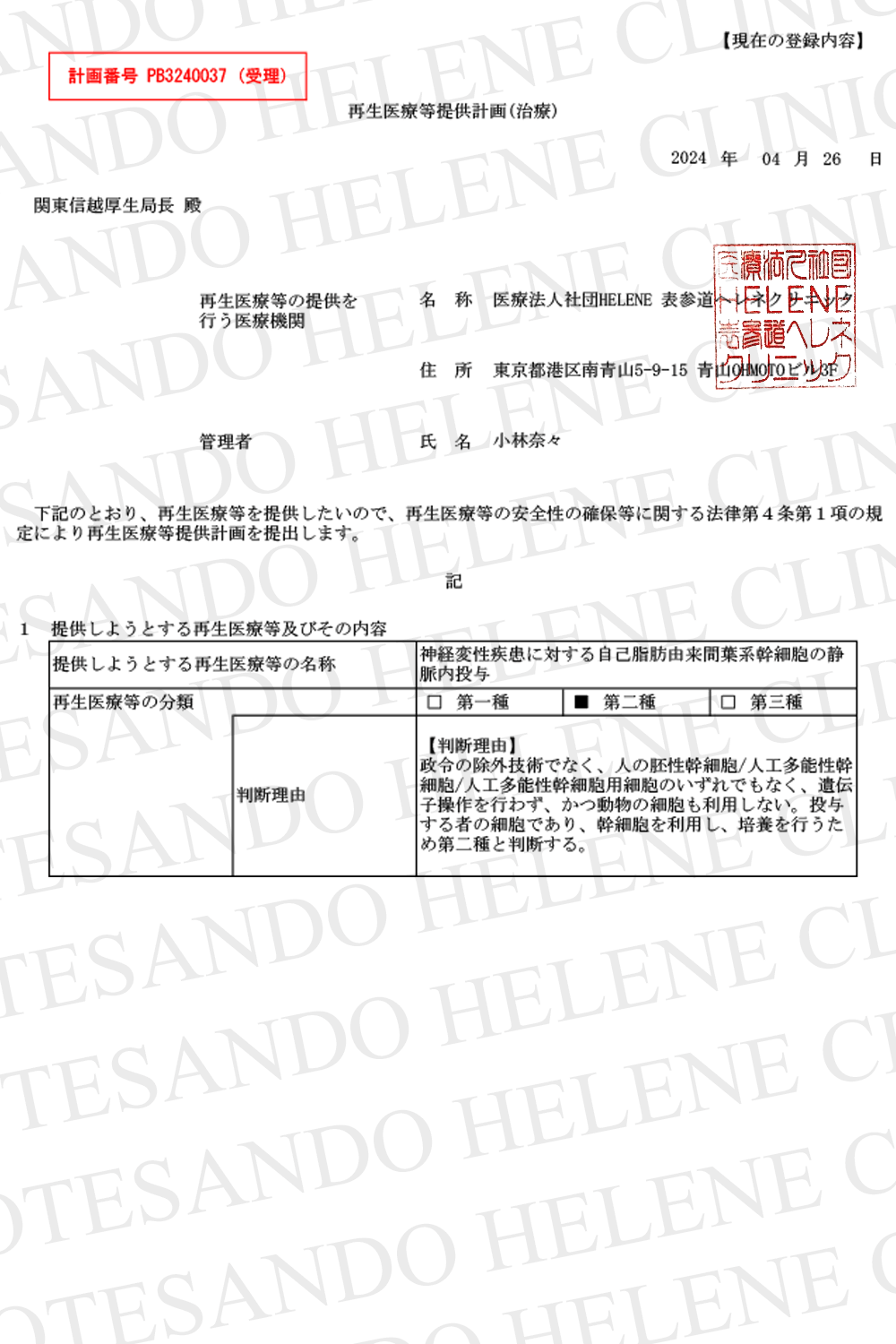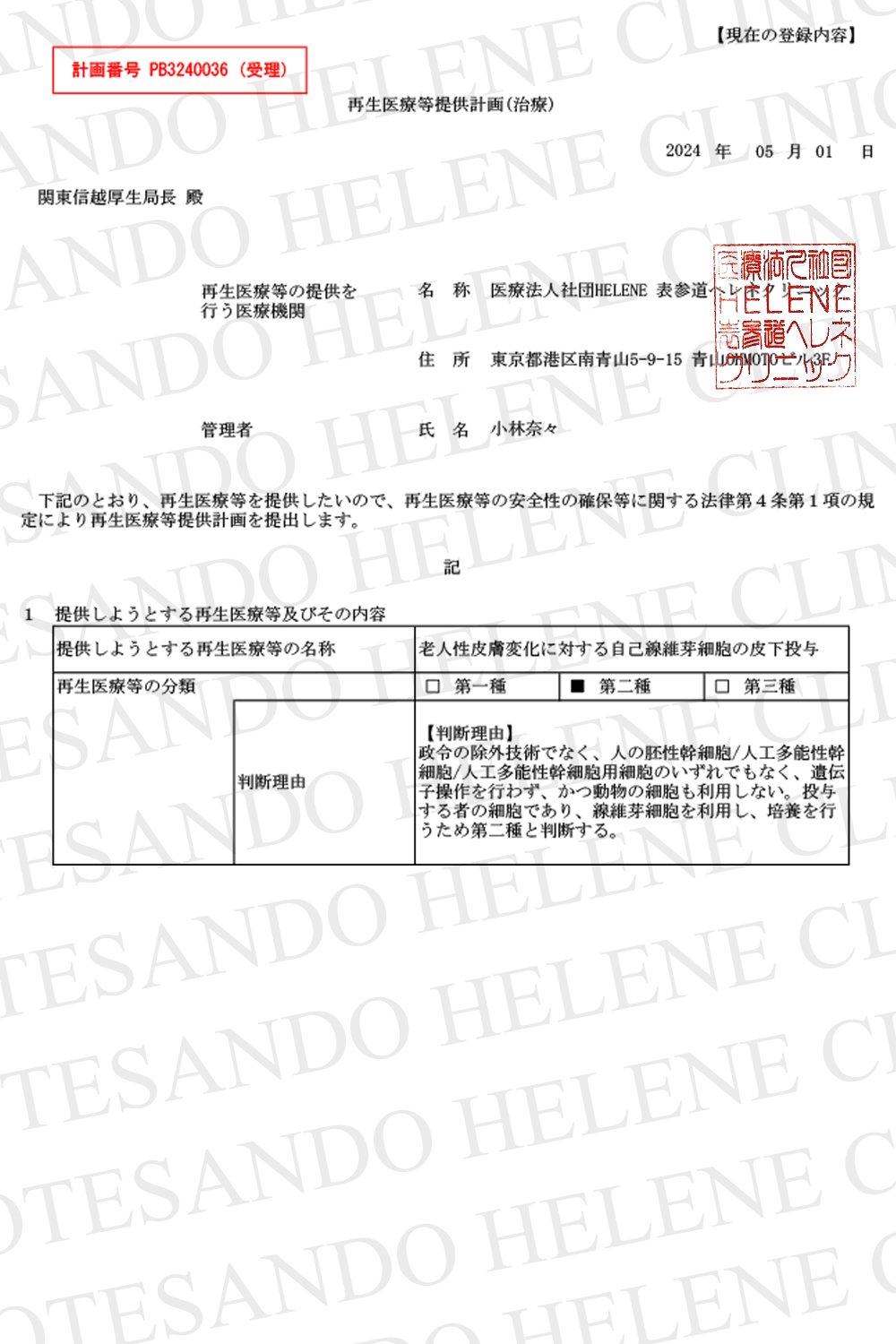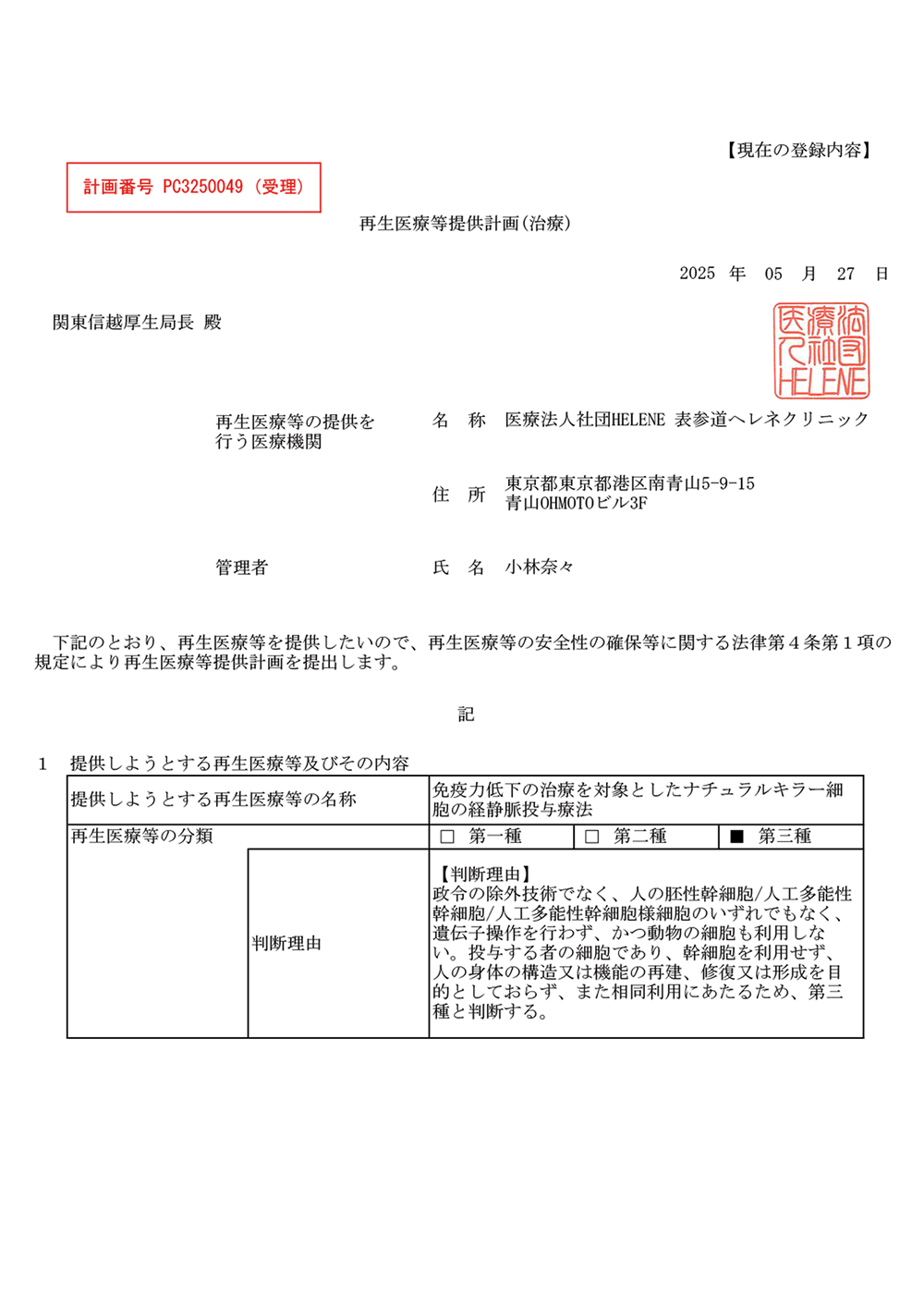【English】What kind of cells are stem cells?
The human body is composed of repeated division of fertilized eggs, and an adult human body is composed of approximately 37 trillion cells. Among them are the cells that move the human body, such as muscles, bones, blood vessels, and skin, as well as the cells that are necessary for blood circulation and metabolism. There are cells that are constantly renewed and cells that have been damaged by injury or disease. Stem cells can replenish these apoptotic and damaged cells.
Stem cells have two functions: the ability to divide into self-renewing cells identical to themselves and the ability to differentiate into other cells that are needed. Stem cells are broadly classified into two types. First of all, "tissue stem cells" exist in tissues and organs, and cells that perform the following specific functions are continuously created and provided. For example, hematopoietic stem cells can only differentiate to make blood-related cells, whereas neural stem cells can only differentiate to make blood-related cells. It can differentiate only to make nerve-related cells. Each cell has its own role. Another type of cell is a "pluripotent stem cell", a stem cell that can behave like an embryonic stem cell (ES cell) and differentiate to make any cell in the body. In other words, pluripotent stem cells can create stem cells for any tissue in our body.
Even if an organ or function is impaired due to disease or injury, it is possible to create stem cells themselves because any cell can be created by the action of pluripotent stem cells. It is also possible to regenerate new cells. Professor Yamanaka of Kyoto University has received the Nobel Prize for the creation of multifunctional iPS cells and is attracting attention. Induced pluripotent stem cells) are used to generate embryonic “ES cells”. However, the use of ES cells from embryos poses safety issues, such as the potential for tumorigenicity, and ethical concerns. The Ministry of Health, Labor and Welfare of Japan has not yet released the use of iPS cells and ES cells for treatment.
Tissue stem cells are stem cells used in regenerative medicine at many medical institutions. Tissue stem cells cannot do anything like pluripotent stem cells, but human adipose tissue is derived from mesenchymal stem cells, so it has the ability to differentiate stem cells. They can differentiate into tissues such as cartilage, bone, fat, and nerves. With clinical studies at home and abroad, it can also be used to alleviate more complex conditions, where the more common application scenario is anti-aging, capable of treatment for preventive purposes.
How effective is the treatment?
In regenerative medicine, stem cell therapy using human adipose-derived mesenchymal stem cells is commonly performed. First, autologous cells are collected, and after anesthesia, skin tissue pieces with a diameter of 3-5 mm are collected from behind and below the ear canal (subcutaneous fat cells) and then cultivated at a dedicated CPC (cell culture facility). for about 4 weeks, and finally the proliferated stem cells are returned to the body by intravenous drip or subcutaneous injection. Stem cells seek out and receive signals throughout the body through a homing effect, and aging occurs in regions where stem cells are deficient. As well as differentiating the cells needed at the damaged site to repair it. Simply put, stem cell therapy is the replenishment of new cells to the uncomfortable part to repair and regenerate the deteriorated function.
Advantages of adipose-derived MSC therapy 1. High safety: Human adipose-derived MSC therapy utilizes the following characteristics. The chances of rejection and side effects are greatly reduced due to self-made stem cells. At this stage, there are no reports of carcinogenicity, and we have issued a report certified by a third-party inspection organization that the stem cells cultured at our hospital are carcinogenic. Stem cells have no neoplastic problems. 2. Less burden on the body: At our clinic, we use a method that removes a small amount of fat cells from the back of the ear canal, which is less damaging and more effective than abdominal surgery. Trauma is taken in a much less invasive way. Stem cell infusion is performed on the same day by injecting cultured stem cells into the body by intravenous drip or subcutaneous injection. No hospitalization is required. It has anti-aging effects on menopausal symptoms, joints, blood vessels, and skin. It is also effective against diseases such as stroke, spinal cord injury, diabetes, kidneys, and heart.
Disadvantages of Mesenchymal Stem Cell Therapy 1. Stem cells are cultured in a dedicated culture room, which is expensive.
2.Limited ability to differentiate Unlike pluripotent stem cells, tissue stem cells can only differentiate into a limited number of cells, and can be used for a variety of purposes. The range of treatments is limited.
3. New type of treatment Since this is a new type of treatment, it cannot be said that the possibility of unexpected events occurring in the future can be completely eliminated. It depends on the physical condition of the individual, and not everyone can receive it.
Carefully choose a clinic Stem cell therapy for fat has advantages and disadvantages just like other treatments. In order to maximize the effect of treatment and prevent accidents as much as possible, it is important to select a clinic carefully. There are strict standards for facilities that perform regenerative medicine treatment, and they must meet all the standards required by the Ministry of Health, Labor and Welfare and be approved by the Ministry of Health, Labor and Welfare. Treatment can only begin with the approval of a plan issued by the clinic. Therefore, make sure to consult a reliable medical institution before undergoing treatment.
[Chinese] What is dry cell?
The human body consists of a single fertilized egg, the continuous process of differentiation and division, and the adult human body contains about 37 trillion cells. Among them, the human body has active skin, bones, blood vessels and skin cells, and there is an image of blood circulation and the new era, which is in constant demand and renewal, and the cells are damaged due to injury or disease. However, it is also possible to compensate for this somewhat damaged or damaged cell, especially the cell.
Cells have two abilities, immediate division gives self-perfect homologous cells self-regulatory ability, and differentiation and other necessary tissue cellular differentiation abilities. There are two large groups of cells. One is "tissue cells", the organization exists in tissues or organs, constantly producing and providing specific functional cells, such as epidermal cells or blood cells. Its differentiation is localized, for example, hematopoietic cells can only differentiate and produce blood-related cells; Each cell has its own corner color division. In addition, there is another kind of ``pluripotent stem cell'', which is a type of ES cell (embryonic stem cell), which is a type of stem cell that is produced by differentiation. It is said that pluripotent cells can create various tissue cells in our body.
multipotent cyst
No matter what kind of cell phone is possible, if the problem is caused by disease or by receiving an injury-induced device function, it is possible to actually regenerate cells. Professor Yamanaka, Kyoto University, has obtained an induced Pluripotent Stem Cell, the induced Pluripotent Stem Cell (iPS), and the embryonic "ES cell" is this existence. However, due to possible safety issues such as tumors, and problems such as the existence and rationality of embryonic ES cells in use, there is a constant demand for pre-dissemination research. Apply during treatment.
tissue cells
Currently, many medical organizations use regenerative medicine institutes, especially tissue cells. Tissue cells can be pluripotent, but the reason is that the human adipose-derived interstitial cells can be differentiated into the bone, bone, fat and nerve, etc. The ability to differentiate tissue. Through many years of research at home and abroad, it can be used for the treatment of various diseases, among which is a common application for anti-aging disease prevention.
How are you progressing?
Used to treat interstitial cysts derived from human body fat, which is commonly used cysts in regenerative medicine. At the beginning, the cells are picked up, and the skin tissue with a diameter of about 3-5 mm (including subcutaneous fat cells) is picked up at the lower part of the back of the ear. Circumferential culture, followed by static infusion or subcutaneous injection in post-proliferative cystic circulatory system. Searching through the whole body through the cells, receiving signals, cells with deficient areas in the cells, areas of developmental aging and damaged areas differentiated from the affected areas, and repairing the affected areas. Simply put, the treatment of dry cells is a new cell that fills the body's defective parts, and the function of the decline is achieved and repaired, and the next flame is youth.
Adipose-derived interstitial cyst legal advantages
1. Advanced safety
Human body fat-derived interstitial cysts can be used to treat cystic cysts, which can greatly reduce rejection reactions and side effects. Currently, there is a report of a carcinogenic case of his birth, and a third-party investigation organization has also issued a report on the problem of cancer in the hospital. In addition, there are existing ES cellular theoretical problems, and unnecessary image IPS cellular progression and factorial manipulation.
2. Minimal physical burden
Our hospital uses a small amount of fatty tissue from the back of the ear and a small amount of fat cells from the back of the ear. During the recovery of the cell, it is possible to pass through the intravenous drip or subcutaneous injection method to recover the recovery of the cell afterward.
3.Effective period
*Anti-aging effects with menopausal symptoms, related conditions, blood vessels, skin, etc.
*Constant improvement effect for diseases such as post-infarction, spinal cord injury, diabetes, dysentery and heart disease.
Adipose-derived interstitial cyst legal flaws
1. Expensive
Because of the free-language, non-use warranty, and the reason is that you can enter the cell culture room at the main entrance, so the cost is very high.
2. Limited ability to differentiate
Differentiated from multipotent cells, tissue cells can be differentiated cell type is finite, cause this applicable treatment range is finite.
3. New treatment method
Because it is a new type of treatment method, it is completely irrelevant to the possibility of unforeseen circumstances that will occur in the future. Due to the physical condition of the individual, non-owners may receive treatment.
Please choose carefully
Adipose-derived cystic cysts are one of the other treatment methods, which is advantageous for the city. In order to maximize the benefits of local treatment, there is no possibility of evacuation, so please choose a hospital carefully. Implemented regenerative medicine treatment Qualified facility, must reach the Ministry of Health and Welfare required items, and obtain approval from the Ministry of Health and Welfare to issue a plan, start treatment from the beginning. Therefore, it is necessary to have a reliable medical examination before re-admission.



